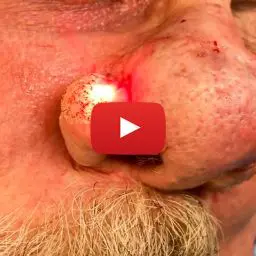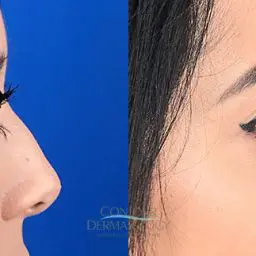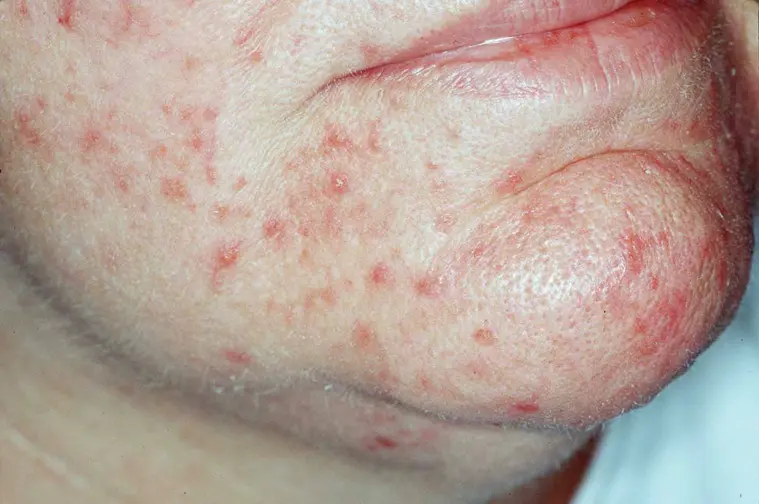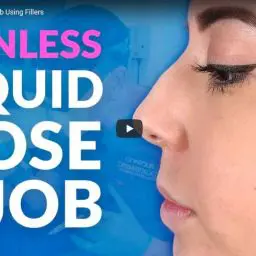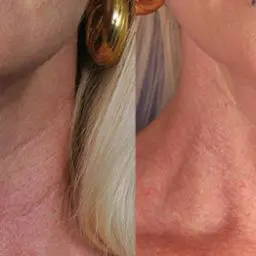Reducing Rhinophyma
Fractional CO2 Laser delivers Life Changing Results
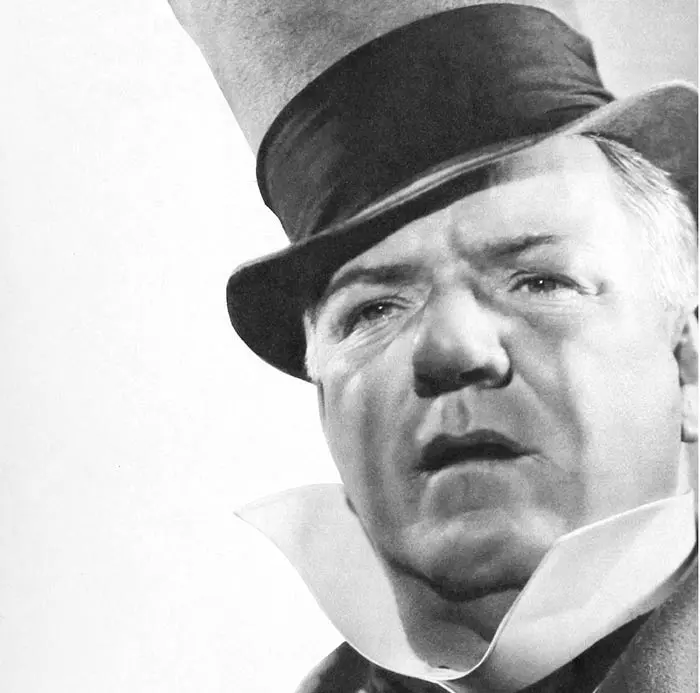
Even if you’re under 50, chances are you’ve heard of the classic vaudeville comedian W.C. Fields – a star of the Zigfield Follies and many black and white films. While he may have been endowed with a prominent nose to begin with, it was accentuated by a condition called rhinophyma which is no laughing matter.
Rhinophyma is a progressive, disfiguring disorder of the nose in which the sebaceous glands enlarge and the skin thickens producing a bulbous appearance and usually a red nose. It is a complication of chronic rosacea, but has occurred in individuals who do not have rosacea. Besides being unsightly, rhinophyma can progress to the point that it affects the nasal passages and can lead to difficulty breathing.
Rhinophyma is what the condition is called when it affects the nose. The overall subtype of rosacea is phymatous rosacea and this thickening of the skin and enlargement of glands may occur on other areas as well, but most frequently it affects the nose. While about 14 million people in America have rosacea, rhinophyma is the least common form of rosacea. Rhinophyma can develop in untreated rosacea, so it is important to have facial redness, pustules and rashes evaluated and begin treatment early.
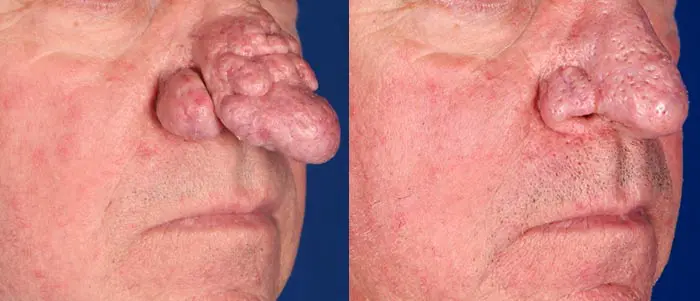
Rhinophyma after three Fractional CO2 Laser treatments
More common in men, typically men over 50, rhinophyma also affects women. It’s been called a “drinkers nose,” but that’s a misnomer. However, coincidental the case may be, it is not caused by excessive drinking. However, alcohol and caffeine can temporarily dilate blood vessels and may make the appearance of rhinophyma look worse. One of the risk factors for rosacea is a family history of the condition, but heat and stress can also be triggers. It also is more common in fair-skinned people.
Clearly, rhinophyma can contribute to emotional distress and sadly, there is no cure for rhinophyma. However, there are several dermatologic treatments that can help manage it. Treatment is based on the severity of the condition.
Current treatments include topical retinoids, antibiotics and oral Isotretinoin (formerly Accutane) as well as laser therapy and surgery. Traditional ablative CO2 lasers have been used for years to treat rhinophyma. However one of the drawbacks was the shiny appearance of the nose and sometimes loss of pigmentation. Today’s fractional CO2 lasers deliver much better results with fewer complications.
At Contour Dermatology, Dr. Timothy Jochen uses the fractional ablative CO2 laser to help recontour the nose and bring it back to normal proportions. He said he prefers this method to scalpel surgery or a loop electrocautery excision because the laser better follows the contour of the nose for a more esthetic result. The laser treatment is performed on an outpatient basis. As rosacea is a chronic condition, it is possible that the sebaceous glands could build up again over time, but laser-treated rhinophyma rarely returns. When performing treatments, Dr. Jochen performs them in several sessions to reduce the possibility of scar tissue formation. Click here to watch a video of Dr. Jochen performing this surgery.
For people suffering from rhinophyma, the fractional CO2 laser can be a life-changing treatment.



